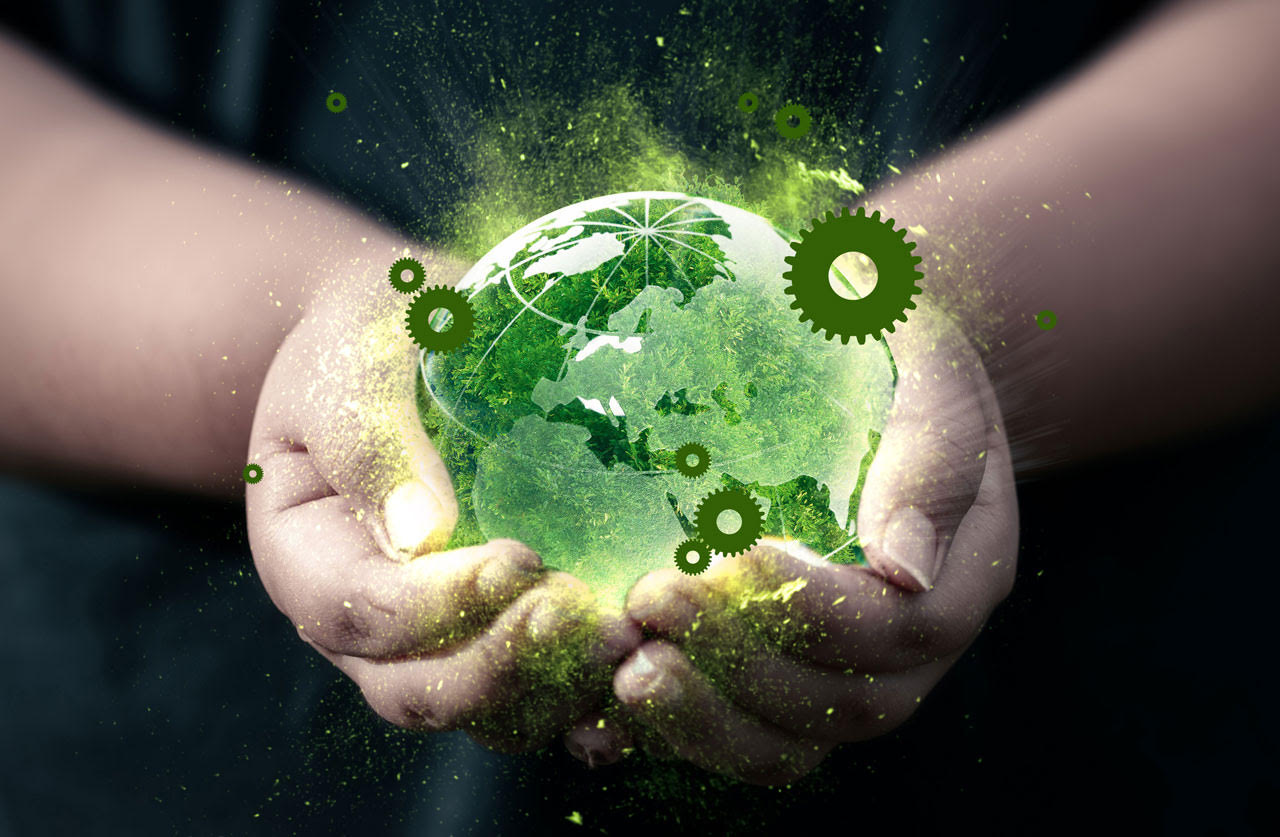The environmental impact of plastics: understanding the facts
The truth about plastic pollution: separating fiction from reality
At Geartec, we make polymer and composite parts, and on World Environment Day we wanted to have our say in removing some of the clichés stemming from ignorance and dependency. to unreliable sources, outside the world of science.
PLASTIC POLLUTION?
The answer to the question is very simple and NO! On the contrary, it is the people who waste, misuse, do not recycle and throw plastic into the environment who do.
In contrast, polymers that are used appropriately, handled and recycled appropriately are a resource and contribute to human well-being as well as the protection of the environment.
Not convinced? A brief roundup among some of the properties of polymers will clear up any doubts.
1 Low density polymer. Any plastic part is seven times heavier than a similar part made of steel and half lighter if they are made of aluminum. The equation is simple, low weight means low energy consumption.
2 Polymers require little energy to metabolize. Glass requires temperatures above 1,500 degrees to be manufactured, and metals also require temperatures of several hundred degrees. Polymers melt at lower temperatures and require less energy, and production equipment is less complex and expensive.
3 Plastic can be recycled countless times to turn into ever-evolving products. If properly disposed of from a potential source of contamination, they become a resource.

Polymers are generally non-biodegradable and can persist in the environment for long periods of time. Admittedly, this property comes from the special chemical structure of polymers, which are made up of chains of molecules of considerable length, making them difficult to attack by microorganisms. This is the reason why plastic products at the end of their life are not released into the environment.
Again, though, it’s up to the man to use this feature to his advantage:
1 Plastics for making surgical instruments and medical machines; Special polymers are used to make knee, hip and shoulder prostheses. Indeed, long molecular chains are biocompatible and are not damaged during use.
2 The food industry benefits from the use of plastic, which is non-toxic and does not contaminate food. 3- Hazardous substances are usually stored in chemically inert polymer containers to prevent spills.
In a nutshell, plastic is just one of many materials available to us. It is therefore up to us how to use them to turn them into resources and prevent them from becoming a source of pollution and concern for the future of our planet.





